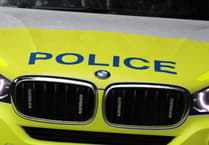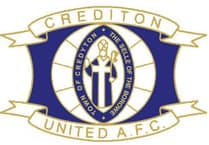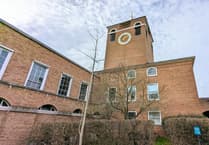JAMES Hatchell was the guest speaker at the March meeting of Crediton and District U3A.
His subject was "Mapping Broadband".
James trained as an engineer and much of his career was spent designing broadband networks using digital maps.
We all know about Ordnance Survey maps but companies such as the utilities also need more technical maps.
For most of history, maps have been hand drawn but, by the 1980s, technical maps where computer-based and CAD (computer aided design) could be used to make some modifications.
In the 1990s, many paper maps were scanned into computers, their content digitised, and they have since been put together with other sources of information.
Since 2000, the number of features on digital maps has been steadily increasing. It is now possible to link locations to spatial co-ordinates to locations on maps so that, for example, engineers can easily locate where they need to be to fix problems.
Also, the maps can be annotated to give details about the networks, such as the content of pipelines and where connections are.
Today, digital maps are in use everywhere and James described several examples.
Google maps are widely used by the general public for route finding.
These maps also provide up-to-date traffic information. This can be done because, when using Google maps or other similar applications, your mobile or satnav is sending information back about your position and speed.
James told us about a Berlin citizen who, when the city was in lock-down and the streets empty, took 150 second-hand mobile telephones set to "car navigation" for a walk in his child’s pull-along trolley.
This convinced Google that the city was clogged with slow-moving traffic and so the maps were marked accordingly!
Other examples of digital maps include ESRI and GE Smallworld. ESRI is used widely by geographers and academics.
The COVID maps produced by the BBC were a good example of their usefulness.
GE Smallworld is widely used by utility companies to produce maps that show the details of their networks.
James finished his talk by describing how he was using this system to set up a Broadband network for Ireland.
Keith Barker
• The Annual General Meeting and Open Meeting of Crediton U3A will take place at the Boniface Centre on April 19, refreshments from 9.30am, AGM at 10am followed by a talk "In Search of Disney's 'Yeti'" by Martin Pailthorpe, starting at 10.30am.
Disney’s "Expedition Everes"' was the most expensive rollercoaster ever built. Much of the budget went on extensive research, which included multiple trips to the Himalayas seeking out yeti myths and iconography to build into the ride.
This talk is part Himalayan travelogue, part exploration of the cultural and environmental importance of the yeti.
Members are reminded it is time to renew subscriptions.
The date of the next Open Meeting is May 17 at the Boniface Centre, when Prof Roy Sambles will talk on "Some Light Reflections".
A new carpet bowls group is starting on Monday, April 17.
Sessions will be from 10am to 12 noon at The Elephant on the Green. For more information, please contact Jo Penning, the group’s co-ordinator.




